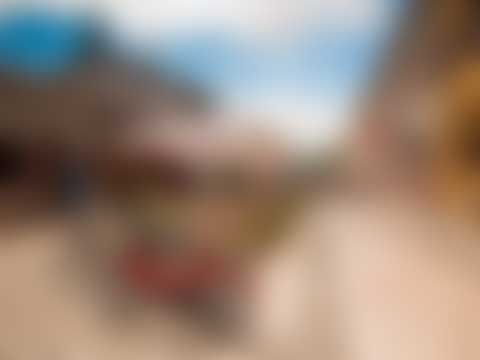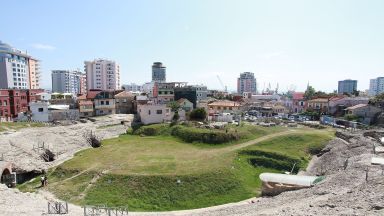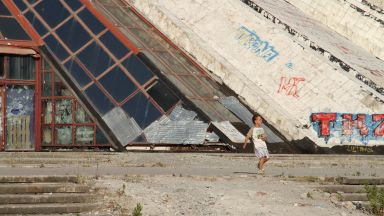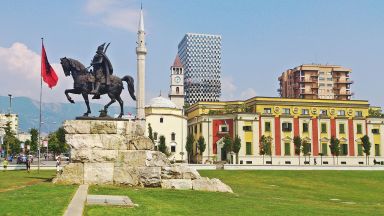Ersekë: The Complete Guide

Ersekë is a small town in south-eastern Albania about an hour south of Korca. It is 900 meters above sea level in the Gramos mountains and is the highest town in Albania.
It is a nice little town with a large pedestrianized central square, small restaurants and hotels and has a very Alpine feel to it.
There is a small ethnographic museum in the main square, which houses a collection of traditional costumes, textiles and other crafts which are unique to the this region.
Further up the pass the road climbs to the Barmashi Pass which is 1759 meters above sea level.
Visiting Ersekë for the first time and wondering what are the top places to see in the city? In this complete guide, I share the best things to do in Ersekë on the first visit. Top help you plan your trip, I have also included an interactive map and practical tips for visiting!
This website uses affiliate links which earn a small commission at no additional cost to you.
History of Ersekë
Ersekë was founded in the 17th century and was the seat of the former Kolonjë District.


